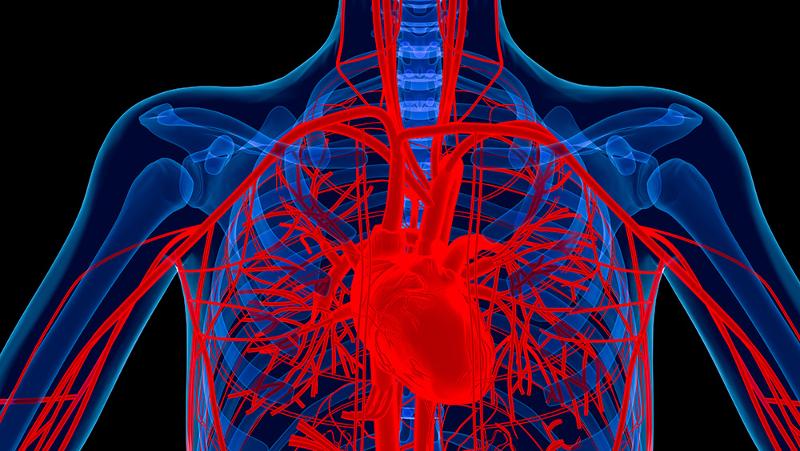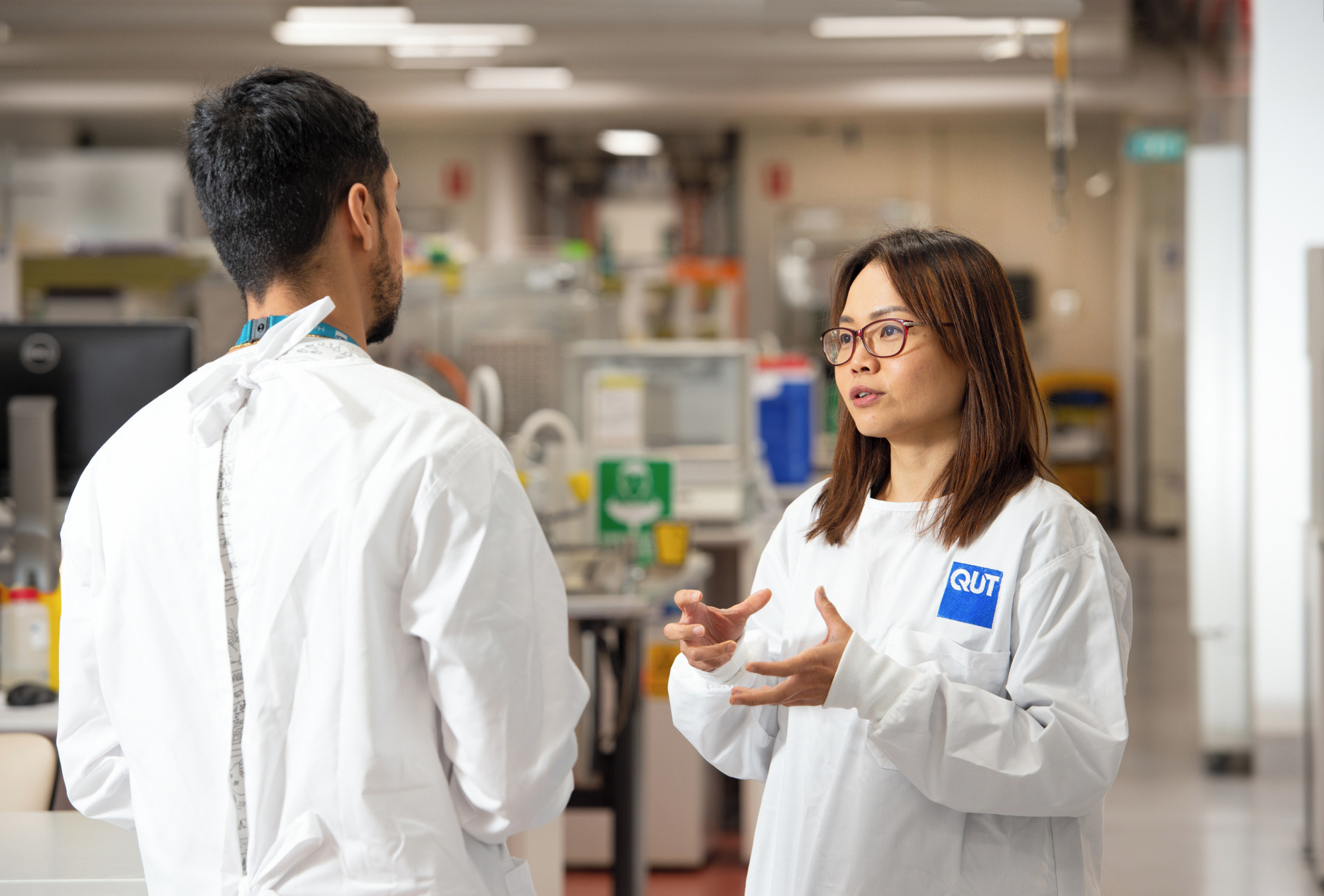
Artificial 3D blood vessels that have the strength, structure and complex cellular make-up of real blood vessels have been developed by Singapore and QUT scientists for research into many diseases.
- Branching, multilayered blood vessels spare animals from testing
- QUT and Singapore researchers developed a new method of using a 3D printed porous mould to make life-like blood vessels
- 3D printed porous mould releases ions that crosslink bioinks to form blood vessel with soft, multilayer walls to support vascular cells
Associate Professor Yi-Chin Toh from QUT’s Centre for Biomedical Technologies and Max Planck Queensland Center collaborated with scientists from Singapore University of Technology and Design led by Associate Professor Michinao Hashimoto for the study published in the journal Small.
Professor Toh, from the School of Mechanical, Medical and Process Engineering, said engineering a vascular construct with the intricacies of multilayered blood vessels required hierarchically branched veins where larger vessels branched into multiple smaller vessels with different cell types in each distinctive layer.
“We knew that it was not feasible to use existing bioprinting methods to engineer the intricacies of blood vessels so we adapted them to make novel hollow vessels,” Professor Toh said.

“Bioprinting is a technology where living human cells are mixed with bioinks to create 3D-printed, tissue-like, three-dimensional structures.
“These allows us to replace animal testing with anatomically and biologically relevant models to better understand disease progression and from there develop and test new drugs.
“Living human cells are used in tissue engineering to build these artificial models with defined composition at the cell, tissue, and organ level so we study key cellular and molecular contributors to human physiology.”
Associate Professor Michinao Hashimoto said the printed bioink must serve the dual function of supporting living cells and providing structural integrity to the vascular construct.
“Existing bioink suitable for living cells are typically soft and fragile, making it challenging to 3D print the complex architecture of blood vessels directly,” he said.

“Because of the existing limitations of 3D bioprinting, we decided to deviate from relying entirely on 3D printing to fabricate the vascular constructs.”
Professor Toh said the team developed a fabrication technique inspired by the age-old moulding technique.
“We 3D-printed the moulds for the vascular networks and developed a unique technique to create hollow vessels within the mould.
“We printed the 3D mould from a specialised hydrogel which acted as a sponge to soak up calcium ions, the molecule responsible for crosslinking the selected bioink.
“The diffusion of the calcium ions prompted rapid ionic crosslinking of the alginate present in the bioink, forming a tubular construct resembling human blood vessels.
“We hope to use these biomimetic vascular constructs in future research to better understand cardiovascular diseases as well as models to test therapies.”
The research was a collaboration between Professor Michinao Hashimoto from Singapore University of Technology and Design’s (SUTD) Soft Fluidics Lab and Professor Yi-Chin Toh from Queensland University of Technology’s (QUT) Micro-Tissue Engineering lab.
Biomimetic Vasculatures by 3D-Printed Porous Molds was published in Small.
QUT Media contact:
Niki Widdowson, 07 3138 2999 or n.widdowson@qut.edu.au
After hours: 0407 585 901 or media@qut.edu.au


